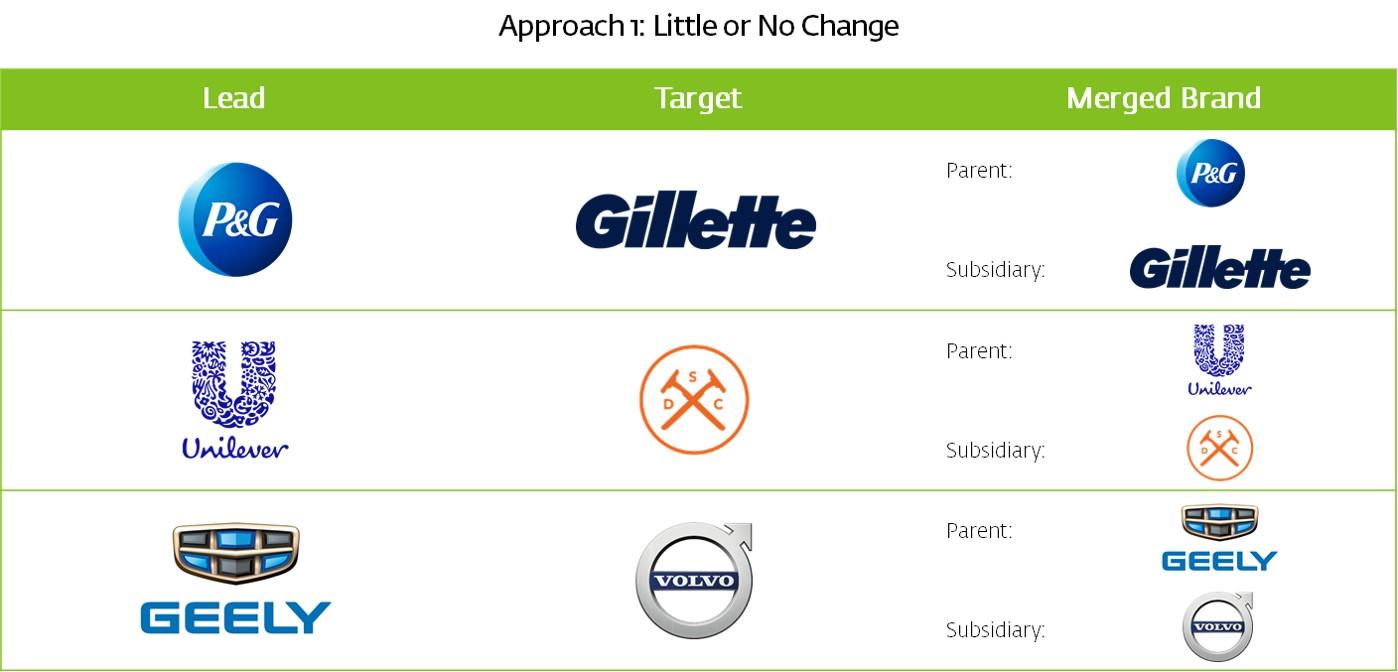

We have seen some of the biggest mergers and acquisitions in the last decade. Just look at some of the headlines in the business section – “Coca-Cola is buying Costa Coffee for $5 billion”, “Shareholders approve Disney’s purchase of most of 21st Century Fox”, “AT&T completes acquisition of Time Warner”, and there’s more.
While the financial and operational transitions after M&A have a huge impact on the success of the newly-consolidated company, the transitions of the brands involved in the deal (usually a lot more than the number of companies involved) are just as crucial. How can a company make sure the overall brand equity increases because of the M&A? Can one plus one be greater than two?
From an internal branding standpoint, we have suggested a culture-first mindset for branding in times of M&A naming and introduced the foundation for companies to rally from the inside out. For external stakeholders – consumers, partners, and investors – we at Labbrand place naming at the center of the branding process and consider naming as the most essential carrier of all brand equity. Here we lay out four key post-M&A naming approaches seen in many high-profile cases over the years.
While the notion of little or no change at all as a post-M&A naming solution sounds dull, but sometimes inaction can be the best strategy for a considerable period of time, especially when the M&A takes place in the following scenarios:

In some cases, while no name change takes place, an endorsement from the parent company would appear on the acquisition’s brand signature either to raise the acquiree’s brand esteem, or to boost the parent company’s brand influence, hence strengthening post-M&A brand equity overall. For example, “an IBM company” appeared on Ustream’s brand signature for about two years before the live video streaming company became IBM Cloud Video for good; Viewers will see “a Comcast company” under Universal Pictures’ iconic globe during the opening of the film studio’s movies.

Should a company buy a brand just to kill it? This aggressive approach makes sense if the value of M&A is relatively small, particularly in these scenarios:
In some cases, the disappearing brand’s legacy will prevail visually while its name will not. For example, the Boeing’s current brand identity incorporates Boeing’s original typography with a stylized symbol of the aerospace manufacturer McDonnell Douglas, which was merged with Boeing in 1997.

M&A can be like a marriage where two parties join hands with equal rights and responsibilities, which is then reflected in the post-M&A naming strategy. When two or more brands with almost equal brand equity merge, it makes business sense to keep all of the brands in the name. However, the combination of brand names usually happens on the corporate level rather than the consumer-facing level. This strategy suggests that all brands matter to investors and employees, while customers see no change from the brands they know and love. Here there is also a catch – straight combination of brand names is far from being the best approach if it makes the updated name too long and difficult to pronounce. In the market we see a number of options to address this:

Rebranding with a new brand name is definitely the costliest post-M&A naming strategy of all. The key question that needs to be answered here is whether a new brand proposition will emerge along with the M&A. If so, the rebranding and renaming process is crucial despite the initial cost, as it will more efficiently bring the new proposition to the target audience and relevant touchpoints. It holds true for both rebranding a corporate brand and establishing a new business unit after M&A. Here are two recent examples:

As for the M&A that kicked off this article, AT&T named its latest purchase Warner Media, which houses Warner Bro., CNN, and HBO, disappointing many who were anticipating an unorthodox name. Meanwhile, it was announced that the iconic Walt Disney Company will remain as the name of the merged business that includes 21st Century Fox, while it is not entirely clear whether a newly structured business unit with a new name would come out of this merger. Can you guess what Coca-Cola would do to the Costa brand?
One thing that is for sure is there will be more M&As, and for the most part it will be hard to find a perfect naming approach. There will only be a naming approach that makes the most sense, protecting and even lifting the brand equity, reflecting a brand proposition that is relevant to the company and to its audience. In many cases, identifying an approach is just the beginning of the truly difficult part – getting your hands and brains on the name creation process.
A Labbrand Group Company © 2005-2025 Labbrand All rights reserved
沪ICP备17001253号-3To improve your experience, we use cookies to provide social media features, offer you content that targets your particular interests, and analyse the performance of our advertising campaigns. By clicking on “Accept” you consent to all cookies. You also have the option to click “Reject” to limit the use of certain types of cookies. Please be aware that rejecting cookies may affect your website browsing experience and limit the use of some personalised features.